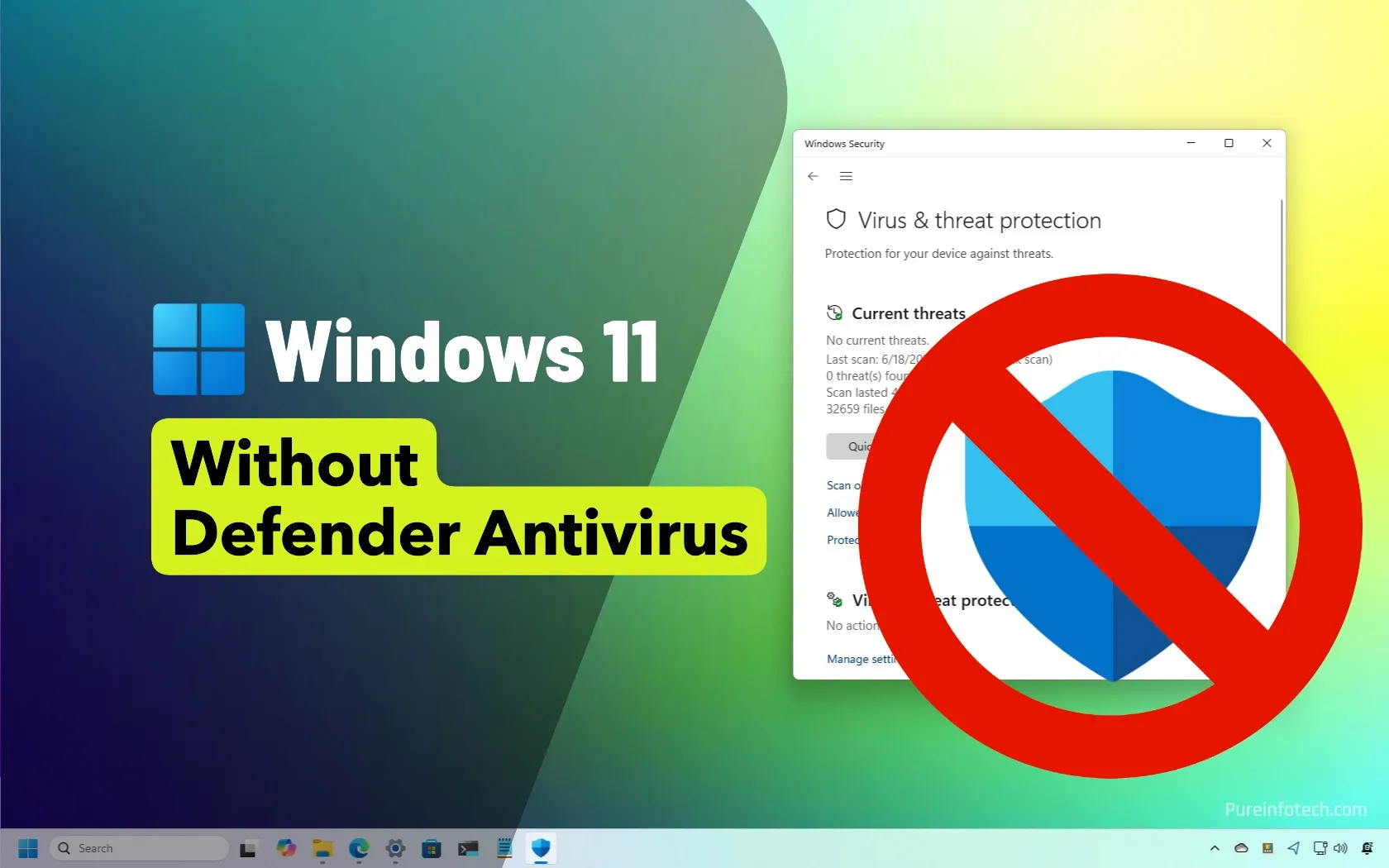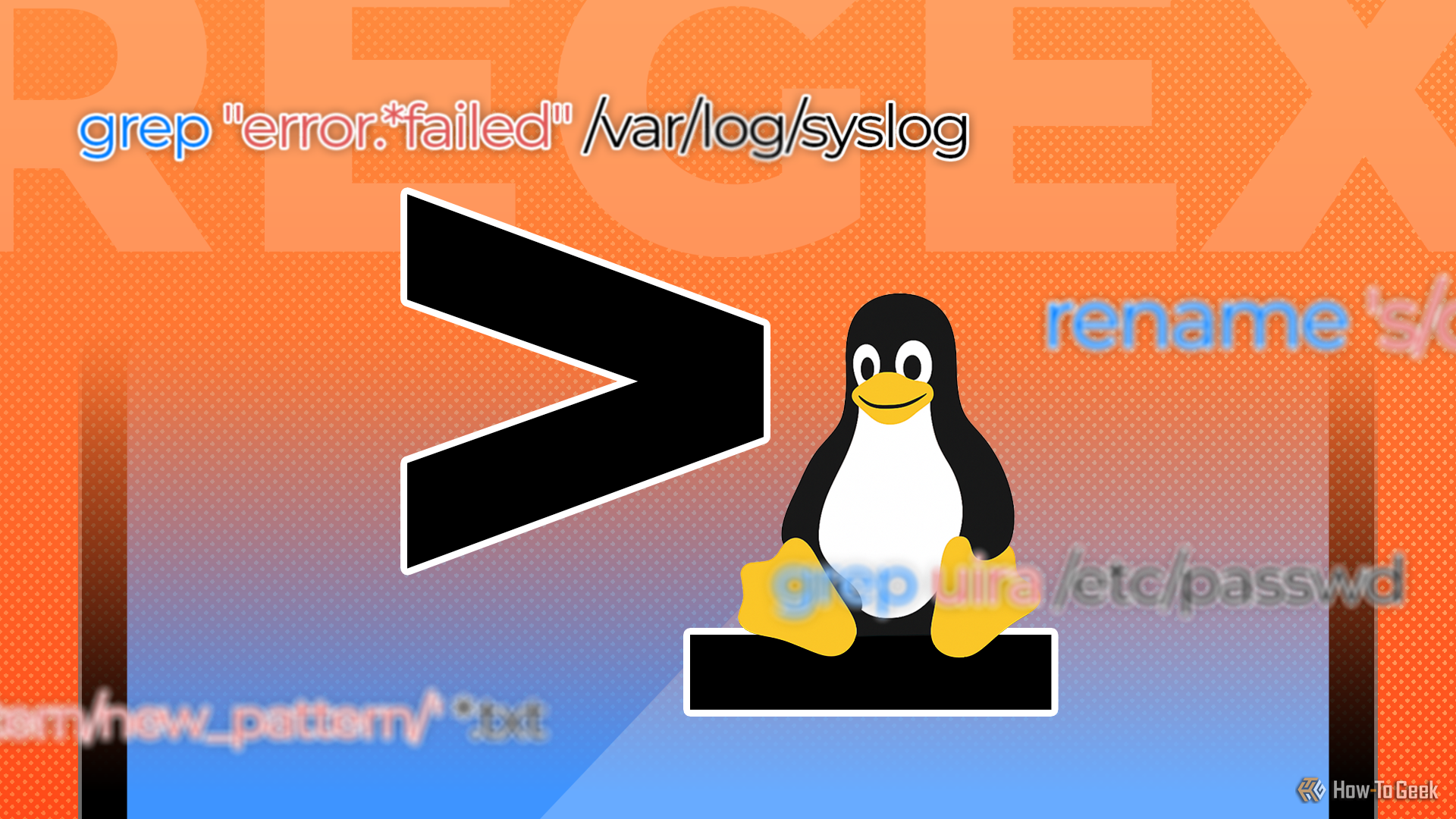Vendor Spotlight: Tribe29

Tribe29 GmbH came into being on the 16th April 2019 and ceased to exist on the 14th April 2023. The company didn’t go out of business, it was just reformed with a different name: Checkmk GmbH. The Company is the operator behind the Checkmk IT infrastructure monitoring package.
Tribe29 is a German company and it is based in Munich. The Checkmk system has been available since 2008 and was originally called Check_MK. The “MK” is significant because those are the initials of the system’s creator and owner, Mathias Kettner. From its creation up to 2019, the tool was managed through a company called Mathias Kettner GmbH. The name of the system was changed from Check_MK to Checkmk when the company switched to the Tribe29 name.
The name “Tribe29” reflects the company’s culture and values. “Tribe” signifies a close-knit, collaborative community, emphasizing teamwork and a strong sense of belonging. The number “29” is a nod to the company’s founding year, 2009, with a bit of creative liberty taken in the naming, particularly as 2009 was the year that Mathias Kettner GmbH was founded.
Founding and Background
In 2008, Munich-based Linux consultant, Mathias Kettner discovered Nagios, an IT infrastructure monitoring Nagios was a free, open-source system, which means that anyone can get the code for it and adapt it if they want. The tool is well-known for its library of plugins, called Nagios Exchange.
Nagios has been around since 1999 and was one of the few automated system monitoring tools available when Kettner discovered it. Kettner became obsessed by the tool and contributed many of his own plugins to the Exchange library. In 2009, Nagios shocked the world by switching to a proprietary model and charging for the system. This announcement caused outrage, and many of the tool’s unpaid developers took a copy of the code and set up their own free version called Icinga. Kettner also took the opportunity to create his own tool, based on the last available open-source Nagios code.
Kettner called his fork of Nagios Check_MK and he was so impressed by it that he set up a company to market the new system. This company was called Mathias Kettner GmbH. The idea to clone the free Nagios before it disappeared was so widespread that many similar tools started to appear. Nagios then realized that its commercial tool could be crowded out of the market by its own impersonators. So, the organization decided to keep the free version available and under development, calling it Nagios Core. The paid version would have higher functions and professional support. That system was marketed as Nagios XI.
So, Check_MK started life as a remarkably similar system to Nagios. Kettner plugged away, developing his new monitoring package by himself. His business model was similar to that of other free monitoring tools, such as Zabbix, which was to give the code away free but charge for a professional support package.
In 2013, Kettner copied the Nagios strategy and produced a paid version of the system, called Check_MK Enterprise. By this time, a lot of the original Nagios-based code had been rewritten. Kettner decided to keep an open source, free version available, called Check_MK Raw. Kettner changed the name of the tool to Checkmk at the same time as moving all the brand’s assets into the new company.
Checkmk is now written in Python and C++. The system has its own interface, but it is possible to run the code as a backend onto a Grafana front end.
Kettner introduced a cloud-based SaaS version of Checkmk in May 2023, shortly after ditching the Tribe29 GmbH company in favor of Checkmk GmbH. Checkmk MSP, a multi-tenanted version of the tool designed for use by managed service providers, was launched in July 2024.
Timeline and Evolution
Tribe29 GmbH is a German software company best known for developing Checkmk, a leading open-source IT monitoring software. Over the years, Tribe29 has evolved significantly both in its business model and product offerings. Here’s a detailed timeline and overview of Tribe29’s evolution:
1. Origins and Early Years (2008–2012)
- 2008: The initial release of Check_MK, a tool aimed at simplifying and enhancing IT infrastructure monitoring, was developed by Mathias Kettner. Initially, it was part of the Nagios ecosystem (an open-source monitoring system) but aimed to improve scalability, ease of use, and flexibility.
- 2009: Mathias Kettner GmbH was founded as a formal company to focus on the development and commercialization of the tool. A full, standalone product was produced.
- Early Growth: Checkmk quickly gained popularity within the open-source community due to its robustness, efficient performance, and ease of integration with Nagios.
2. Commercialization of Check_MK (2013–2018)
- 2013: Kettner produced a paid version of the tool, called Check_MK, giving the original open-source version Check_MK Raw. The enterprise version included additional features for more demanding IT environments.
- Check_MK Enterprise Edition: This edition became the commercial flagship product, offering extended capabilities like distributed monitoring, high availability, and better performance, appealing to larger organizations.
- User Conferences: The company started organizing Checkmk Conferences to foster community involvement and gather direct feedback, which helped enhance the product further.
3. Rebranding the Tribe29 (2019)
- 2019: Mathias Kettner GmbH rebranded to Tribe29 GmbH. The tool was renamed from Check_MK to Checkmk.
- Expansion of the Team: Around this time, Tribe29 expanded its team, bringing on board experts in software engineering, DevOps, and business development, which helped accelerate the company’s growth.
- Strategic Partnerships: Tribe29 began forming partnerships with managed service providers (MSPs) and other IT infrastructure management firms to expand Checkmk’s global footprint.
4. Expansion of Features and Capabilities (2020–2022)
- 2020: Continued innovation in Checkmk, including enhancements in monitoring cloud services, containers, and more advanced automation capabilities. The tool became increasingly relevant for modern IT environments, including hybrid and multi-cloud setups.
- Cloud and Container Monitoring: Tribe29 adapted to market trends by offering support for containerized environments (e.g., Docker, Kubernetes) and cloud platforms (AWS, Azure, Google Cloud), making Checkmk highly competitive in cloud-native monitoring.
- Scaling the Enterprise Version: The enterprise version saw significant improvements, especially in terms of performance, scalability, and integration with other DevOps and ITSM tools like Prometheus, Grafana, and Ansible.
- August 2022: Tribe29 opens its US headquarters in Atlanta, Georgia.
5. Global Growth and Enterprise Focus (2023–Present)
- April 2023: The Tribe29 name disappears as Kettner changes the company to Checkmk GmbH.
- May 2023: Checkmk Cloud Edition is released. This is a SaaS package that is fully hosted.
- Checkmk 2.0 and Beyond: The major release of Checkmk 2.0 brought a redesigned user interface, enhanced APIs, and greater cloud monitoring capabilities. This marked a shift towards providing more extensive integration possibilities and a more user-friendly experience.
- Enterprise Adoption: Tribe29 expanded its clientele among enterprise IT teams, MSPs, and DevOps engineers who needed robust, scalable, and flexible monitoring tools. With the rise of hybrid infrastructures, Checkmk’s adaptability became one of its biggest selling points.
- July 2024: Checkmk MSP edition is released. This is a multi-tenant version of the Cloud Edition and is designed for use by managed service providers.
Looking Forward
- Future Trends: As of 2024, Checkmk continues to innovate in areas like AIOps (AI-driven IT operations), predictive analytics, and expanding integrations with emerging technologies like edge computing and IoT. The company remains focused on expanding Checkmk’s market share while maintaining its open-source roots.
Key Highlights in Tribe29’s Evolution
- From Nagios extension to standalone product: Initially built as an enhancement to Nagios, Checkmk eventually evolved into a fully-fledged, standalone monitoring solution.
- Enterprise focus: The development of the Checkmk Enterprise Edition allowed the company to scale rapidly and cater to the specific needs of large, complex IT infrastructures.
- Rebranding to Tribe29: Marked a shift from a founder-centric brand to one aiming for global growth and team-led innovation.
- Open source and community engagement: Despite its commercial success, Tribe29 maintained a strong connection with the open-source community through regular updates, forums, and user conferences.
Tribe29’s successor, Checkmk GmbH, continues to be a significant player in the IT monitoring industry, known for its strong performance, scalability, and ability to adapt to modern IT requirements.
Company Ownership
Mathias Kettner started Check_MK as a side project and continued to grow his extensions and adaptations of Nagios until, confronted by the Nagios transition to a paid system, he repackaged his work into a product. At this point, there had been little investment other than Kettner’s time and no need for outside investments.
Kettner has never sought institutional investors. None of the companies that have managed Check_MK and Checkmk have gone through funding rounds. So there are no banks or private equity firms with any ownership in the business. This is rare in the world of IT.
A possible reason for the name change of the company from Mathias Kettner GmbH to Tribe 29 GmbH was the arrival of Jan Justus, who became the CEO of the company in March 2018. This was one year before the change to the Tribe29 name. The appointment of another person to run the business switched the business from an owner-managed small business into an enterprise. Justus came from a management consultancy baseline, so he knew how to set up a business and run a corporation. Justus also invested in the company.
As Checkmk GmbH is still a private company, its share register is not published. There are no other known shareholders other than Mathias Kettner and Jan Justus.
Key People
- Mathias Kettner, Founder and Chief Technology Officer: Kettner has always been a techie and so was probably glad to find an administrator to take the responsibility of running the company off his shoulders. Checkmk has been a very stable business, with Kettner concentrating on the design and coding of the product. He created Checkmk and still runs its development. So, the system is very much his baby. As he is the majority owner, it seems clear that he is happy with the administration of Jan Justus.
- Jan Justus, Chief Executive Officer: Justus is in charge of Checkmk GmbH and has been CEO since 2018. Before taking that position at the then Mathias Kettner GmbH, Justus worked at the Boston Consulting Group for 15 years. He started with that consultancy in December 2002 as a consultant. While based at the consultancy’s Munich office, he rose to the position of Partner and Managing Director in January 2018. He lasted in that position for only two months before jumping ship to run Checkmk.
Locations
Mathias Kettner was a resident of Munich, Bavaria in Germany at the time that he started developing Checkmk and he has stayed there ever since. Thus, the company he founded was based in Munich and is still there to this day.
Checkmk opened its US office in Atlanta, Georgia in August 2022. The company was still called Tribe29 at that time.
Checkmk GmbH Target Market and Customer Base
Checkmk GmbH (formerly Tribe29 GmbH) targets a diverse range of markets and customers with its Checkmk IT monitoring software. The flexibility, scalability, and hybrid infrastructure support of Checkmk allow it to serve multiple industries and business sizes. Here’s a breakdown of its target market and customer base:
Key Target Markets
- Large enterprises: Checkmk is designed to handle complex and large-scale IT environments, making it suitable for large enterprises across various industries. It provides comprehensive monitoring capabilities, including distributed monitoring and the ability to scale to large volumes of endpoints.
- Small and medium-sized enterprises (SMEs): While large enterprises make up a big portion of its customer base, SMEs that need cost-effective yet powerful monitoring solutions also rely on Checkmk, particularly the open-source edition, which is free to use.
- Managed service providers (MSPs): Managed service providers, who offer IT services and support for their clients, form a significant part of Checkmk’s customer base. For MSPs, Checkmk offers multi-tenant capabilities and custom monitoring.
- IT Operations teams and DevOps: Integration with DevOps tools like Prometheus, Ansible, Grafana, and Docker makes it highly suitable for DevOps engineers. It supports modern infrastructure monitoring such as container orchestration (Kubernetes), cloud-native applications, and microservices.
- Cloud and digital infrastructure providers: Support for cloud platforms including AWS, Azure, and Google Cloud) helps cloud-native businesses and SaaS (Software as a Service) providers. It watches dynamic workloads, autoscaling groups, and virtual resources.
- Government, public sector, and educational institutions: Public sector organizations with large IT infrastructures, such as universities, governmental agencies, and nonprofits, also use Checkmk for cost-efficiency and data security.
Customer Base
Checkmk’s versatility allows it to serve a wide range of industries, including:
- Finance and Banking
- Healthcare
- Telecommunications and IT Service Providers
- Manufacturing and Industrial Sector
The types of customers fall into these categories:
- Open Source Community Users
- Enterprise Users
- Cloud and MSP Clients
Checkmk’s combination of open-source flexibility and enterprise-grade robustness allows it to cater to a wide range of businesses, from small open-source users to large enterprises with complex monitoring needs.
Checkmk GmbH Product Suite
The suite of IT monitoring products from Checkmk GmbH is designed to meet the needs of diverse businesses, from small operations to large enterprises. The product suite revolves around Checkmk, a comprehensive and flexible monitoring solution with different versions and a wide range of integrations. Here’s an overview of the Checkmk product suite:
1. Checkmk Raw Edition (CRE)
The Checkmk Raw Edition (CRE) is the open-source, free version of Checkmk. It is widely used by small teams, IT hobbyists, and organizations looking for a no-cost solution with basic monitoring capabilities.
Key Features:
- Core based on Nagios: Derived from Nagios Core, this is the free, fully open-source system.
- Comprehensive monitoring: Out-of-the-box monitoring for servers, applications, databases, and networks.
- Scalability: Can scale reasonably for medium-sized IT infrastructures.
- Modular architecture: Plugin-based monitoring for easy extensibility and customization.
2. Checkmk Enterprise Edition (CEE)
The Checkmk Enterprise Edition (CEE) is the premium, on-premises paid version designed for businesses with more complex and high-performance monitoring needs. It offers advanced features that address scalability, high availability, and performance monitoring for large IT environments.
Key Features:
- New monitoring core: Uses a highly optimized, event-driven core, which improves performance and scalability.
- Distributed monitoring: For companies with multiple locations or data centers, offering centralized management.
- Business Intelligence (BI): Helps users model and monitor business-critical services by correlating technical data to business performance.
- High availability (HA): Ensures no downtime for monitoring, even if a server or network component fails.
- Reporting and SLA monitoring: Create detailed reports and track service level agreements (SLAs).
- Performance optimization: It handles thousands of devices and services more efficiently than the Raw Edition.
3. Checkmk Managed Services Edition (MSE)
The Checkmk Managed Services Edition (MSE) is tailored specifically for managed service providers (MSPs), who need to monitor and manage multiple client environments from a single platform.
Key Features:
- Multi-tenant architecture: Each tenant can have its own configuration, checks, and reports, ensuring clear separation of data.
- Client-specific dashboards and alerts: MSPs can create separate dashboards, alerts, and configurations for each client.
- Role-based access control (RBAC): Encompasses different roles and access levels to clients or internal teams for increased security and efficiency.
- Automated monitoring: Scales monitoring efforts across multiple clients, reducing manual efforts in configuration and monitoring setup.
- Billing and reporting: Detailed reporting and billing features to help MSPs provide transparent monitoring reports to their customers.
4. Checkmk Cloud Edition
The Checkmk Cloud Edition is optimized for monitoring modern, cloud-native environments, including hybrid and multi-cloud architectures. It provides support for a wide range of cloud platforms and containerized applications.
Key Features:
- Multi-cloud support: Integrates with cloud providers such as AWS, Azure, GCP, and more, plus virtual machines, storage, databases, and serverless applications.
- Container monitoring: Support for containerized environments like Docker and Kubernetes.
- Elastic infrastructure monitoring: Covers dynamic, scaling cloud environments, such as auto-scaling groups and ephemeral containers.
- Hybrid infrastructure: A unified monitoring experience for on-premises and cloud resources
- Automation and API: Automation capabilities and extensive APIs for DevOps teams to integrate with CI/CD pipelines.
Checkmk’s Network Device Monitoring is one of its most important and widely used features, designed to provide deep insights into the performance and availability of a wide range of network devices. It offers comprehensive monitoring capabilities that cover everything from routers, switches, and firewalls to specialized equipment like load balancers and wireless access points.
Key Features:
- Multi-vendor support: Supports a wide array of network devices from major manufacturers, including Cisco, Juniper, HP, Dell, Fortinet, and Ubiquiti.
- SNMP (Simple Network Management Protocol) monitoring: This automatically discovers network devices via SNMP and fetches hardware and performance data.
- Auto-discovery of network devices: Detects network devices within the infrastructure, making it easy to set up monitoring for large networks.
- Service Discovery: Identifies the services running on each discovered device.
- Customizable alerts: Users can set thresholds and triggers for alerts on network performance metrics.
- Integrated notification system: Alerts can be forwarded by email, SMS, and third-party tools like PagerDuty or Slack.
Checkmk provides network topology views that allow users to see the relationships between devices, including upstream and downstream dependencies. This helps in pinpointing the root cause of network failures and understanding the impact of device outages.
Pros:
- Availability monitoring: Uptime and downtime.
- Granular monitoring: The ability to monitor network traffic down to the individual port level.
- Distributed monitoring: For enterprises managing networks across multiple locations.
- Custom plugins: The ability to write custom plugins means that virtually any network device can be monitored and extra features can be added.
- API integration: REST APIs allow network teams to integrate the monitoring tool with other IT management systems, enabling automation and workflow integration.
Cons:
- Bandwidth analysis not included: Traffic flow monitoring is only available by paying for an extra module.
- Network maps are basic: While Checkmk’s network topology maps are useful, they could be more dynamic and interactive.
Other Notable Products
1. Synthetic Monitoring
Checkmk’s Synthetic Monitoring provides a proactive approach to monitoring by simulating user interactions with applications and services. This feature allows IT teams to test the performance and availability of websites, APIs, and critical business services without relying on actual user activity. By creating synthetic transactions, Checkmk helps identify potential issues such as slow response times or service downtimes before they affect real users.
The tool is highly configurable, allowing custom scripts to simulate complex workflows, and ensuring comprehensive monitoring of multi-step transactions. It integrates seamlessly into Checkmk’s central monitoring dashboard, offering a unified view of both real-time and synthetic monitoring data. A key strength of Checkmk’s Synthetic Monitoring is its ability to simulate user experiences across various locations, providing insights into how services perform in different geographical areas. This capability is especially beneficial for globally distributed companies and online services.
2. Network Flow Monitoring
Checkmk’s Network Flow Monitoring capabilities are not integrated into the main package, whatever plan you buy. Instead, these functions are available in an add-on module. This is the same strategy that Nagios implemented. The Network Flow Monitoring unit uses the NetFlow, sFlow, and IPFIX protocols to extract traffic data directly from switches. This level of insight is crucial for detecting network bottlenecks, identifying unusual traffic patterns, or diagnosing potential security threats.
Checkmk can be integrated with third-party flow monitoring solutions, such as ntopng or SolarWinds, providing a more complete picture of network activity. However, this adds complexity and may require additional configuration and maintenance. So, it is better to pay for this add-on, rather than trying to set up your own data feed.
Major Competitors
Here are five major competitors to Checkmk:
- Nagios A widely-used, open-source IT infrastructure monitoring tool. It provides comprehensive monitoring for servers, networks, and applications. Known for its flexibility, Nagios offers extensive plugins and customization but may require more manual setup compared to Checkmk’s auto-discovery features.
- Zabbix An open-source monitoring platform that offers real-time visibility into networks, servers, and applications. It excels in scalability and features like advanced notifications and flexible data gathering. However, its learning curve can be steep for complex setups compared to Checkmk’s more streamlined interface.
- Prometheus An open-source system monitoring and alerting toolkit, often used in dynamic, cloud-native environments. Known for its powerful metrics collection and time-series data, it integrates well with Kubernetes. However, Prometheus lacks the comprehensive network and device monitoring features offered by Checkmk.
- SolarWinds Network Performance Monitor A popular commercial tool for monitoring network performance and troubleshooting issues in real-time. It offers strong network visualization and flow monitoring capabilities. While it is user-friendly and feature-rich, SolarWinds can be costly compared to Checkmk’s more scalable pricing options.
- PRTG A comprehensive network monitoring solution offering an easy-to-use interface and pre-configured sensors for various systems. Its strength lies in its simplicity and graphical reporting, but it may become resource-intensive in large-scale environments where Checkmk’s efficiency in handling bigger infrastructures can be an advantage.
Spotlight Wrap Up
For organizations with heterogeneous network environments, Checkmk is a reliable choice, especially for those that prioritize performance, extensibility, and distributed monitoring capabilities.
Source link












